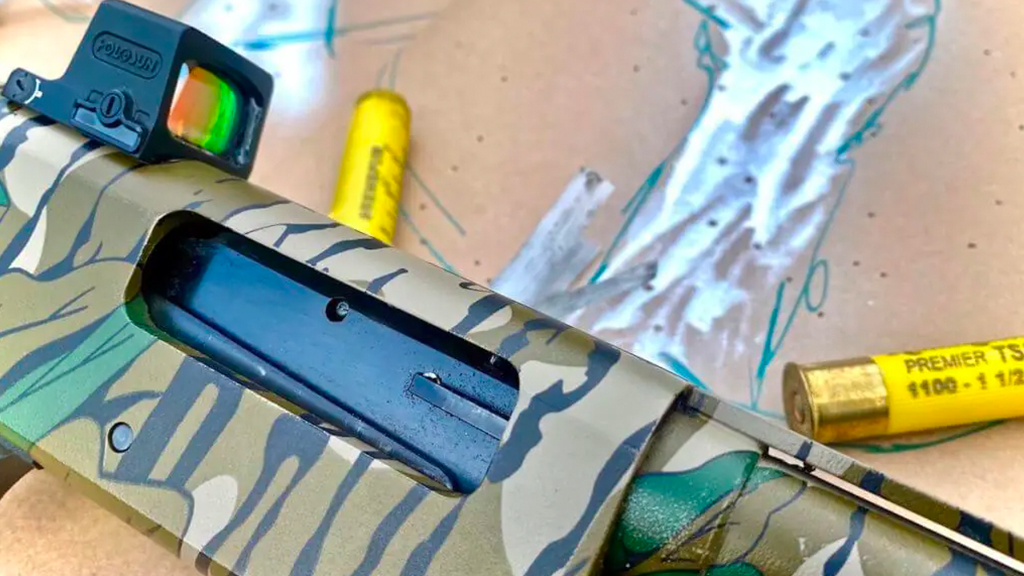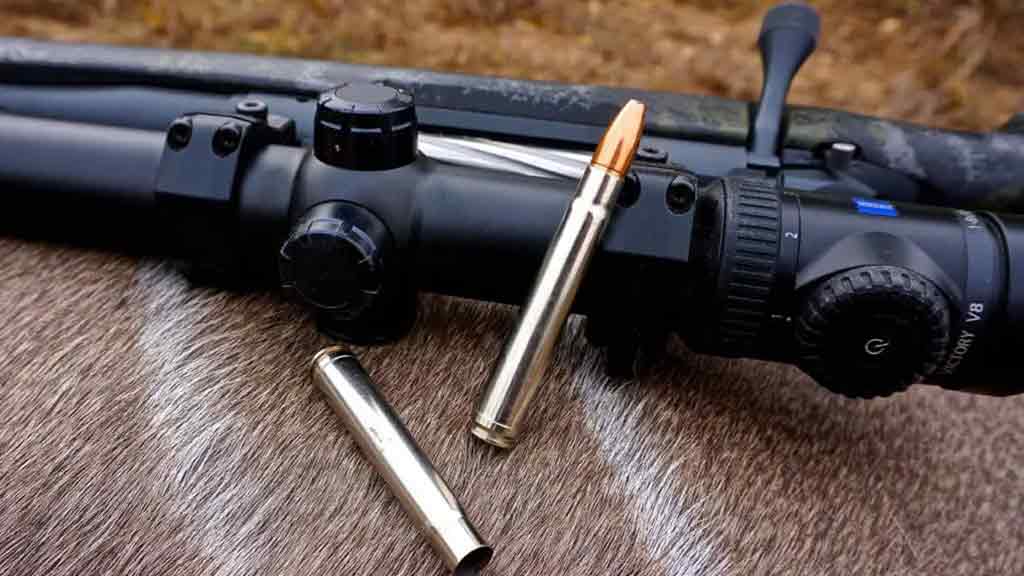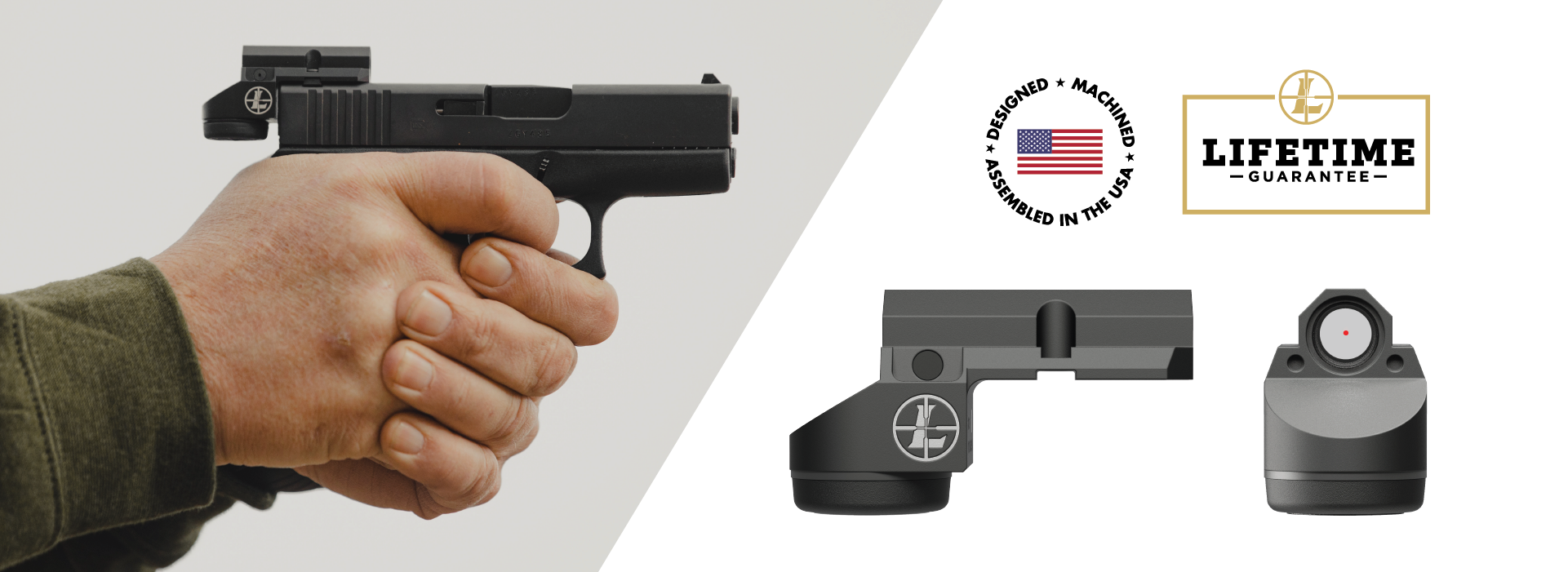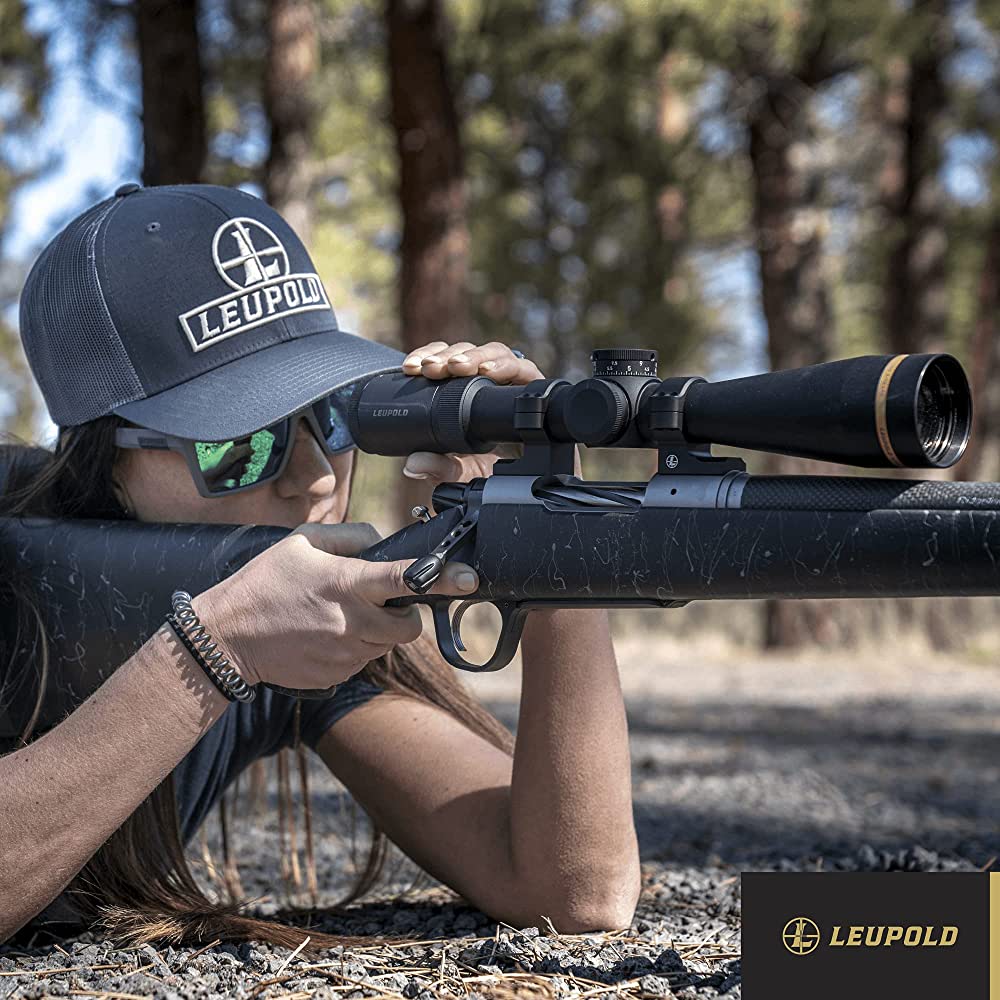Deltapoint Pro by Leupold



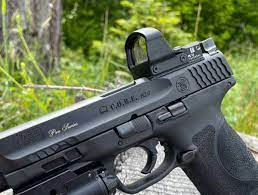
As a professional hunter and guide in Alaska, I’ve put my gear through some of the harshest conditions imaginable. That’s why I swear by the Lupold DeltaPoint Pro for anyone in need of a reliable red dot sight for their pistol or rifle. Not only do I use it on both of my handguns, but I also trust it as a backup 45° site on my A.R. 15. This sight has never let me down. Over two hunting seasons, I had the DeltaPoint Pro mounted on my Glock G20 10 MM while guiding in Alaska, and it held up perfectly, despite the rough conditions. This sight is extremely tough and can handle anything you throw its way. One of the most impressive features of the DeltaPoint Pro is the NV (Night Vision) FDE, which supports modern night vision devices with 10 brightness settings, including two that fine-tune the red dot to match the sensitivity of your night vision equipment. It’s proof that you don’t have to compromise on performance when it comes to a small sight. Overall, the Lupold DeltaPoint Pro is an excellent choice for anyone looking for a reliable and durable red dot sight. It’s a great product that I highly recommend to my fellow hunters and anyone in need of a dependable sight for their firearms. Trust me, you won’t be disappointed with this sight on your pistol or rifle.

